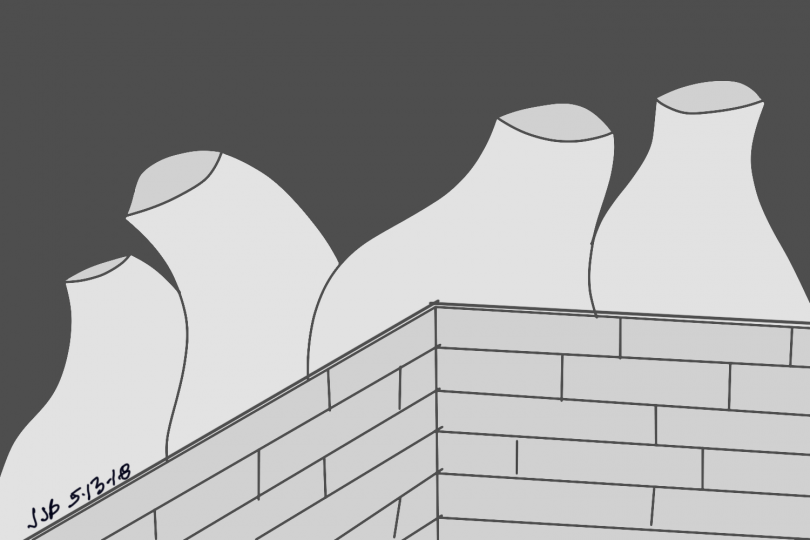When I was young I believed that concept was the most important thing needed to guide the process of creating a building. If you had a solid concept, you could navigate through the whole process using it as a beacon. How do you organize the office space? Refer to the concept. How do you detail the handrail? Refer to the concept. The key to great design was to have a meaningful concept. All the architects I admired seemed to use this as a guiding principle. But as I’ve aged, I’ve become suspicious of concepts. One of my favorite buildings is a small church that Steven Holl designed in Washington State. His concept was a stone box holding glass bottles of light. I still love that building and I still admire Holl, but I’ve come to think of the building concepts as less important. And I’ve started to admire the craft involved in the design instead.
If you look at Holl’s work, or any great architects work, you’ll see similar forms and materials and details repeating themselves again and again in each project. It’s as if each architect develops their own language of architecture. Details repeat materials repeat, ideas repeat, and even concepts repeat. And with each project, those elements become more and more refined, more and more thoughtful. This is craft. It’s like a woodworker repeating the same joinery, again and again, seeking the perfect fit. Or a pianist practicing a piece that’s been played by millions of people for hundreds of years seeking perfection. Or an artist painting the light reflecting on the water, again and again, looking for God.
This is craft. You work on the fundamentals of design; proportion, scale, function, circulation, order, hierarchy, siting, entry, light, the connection of materials, etc. And with each project, you refine your own craft. With each project, you build your own vocabulary. With each project, you seek perfection. With each detail of the next project, you look for God.
Share this Post

